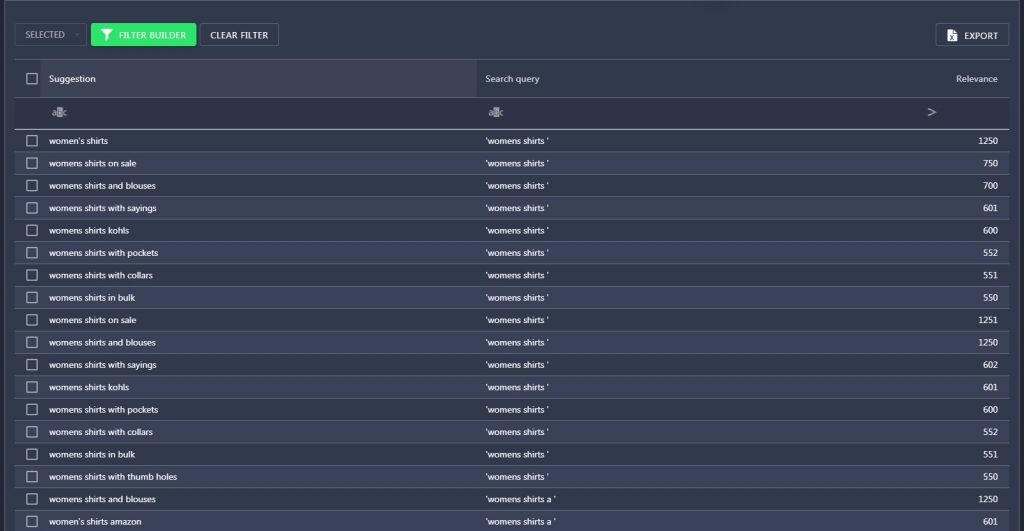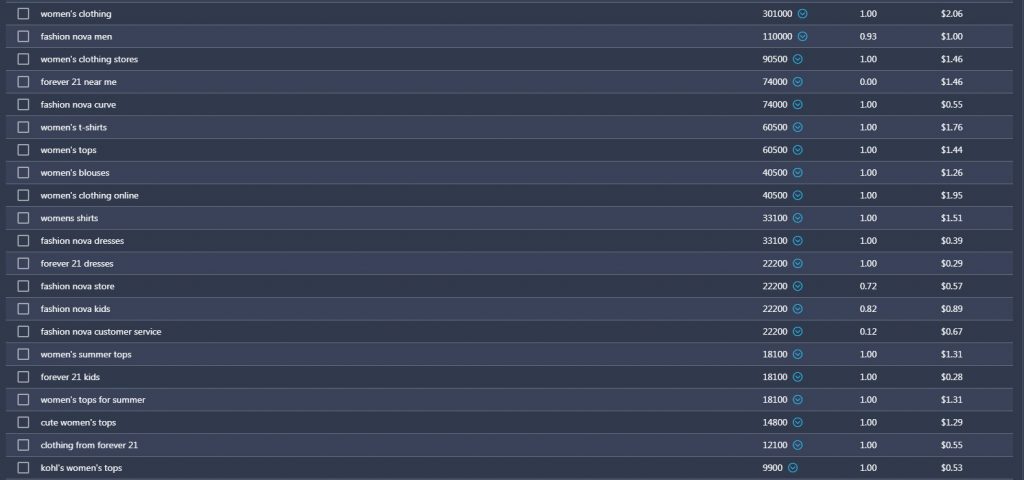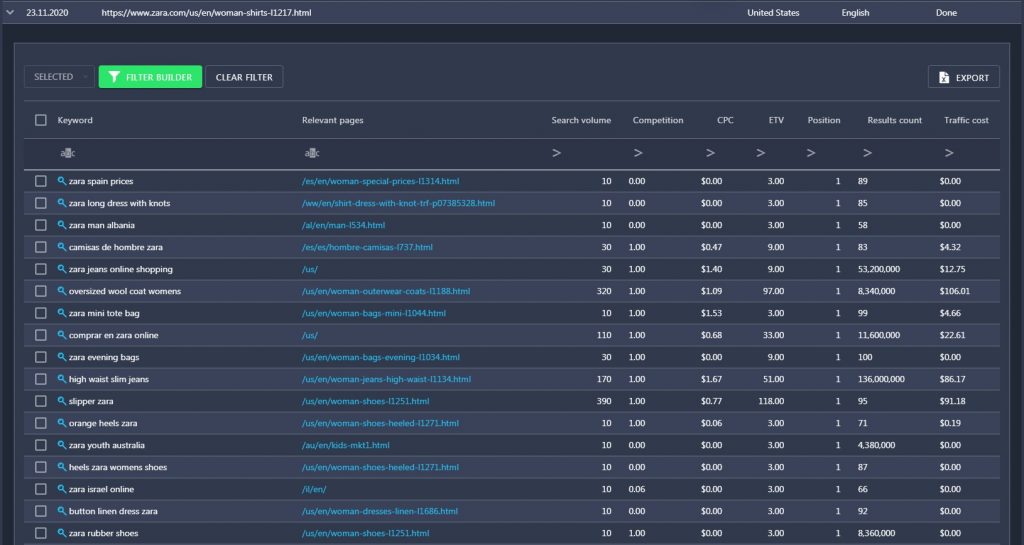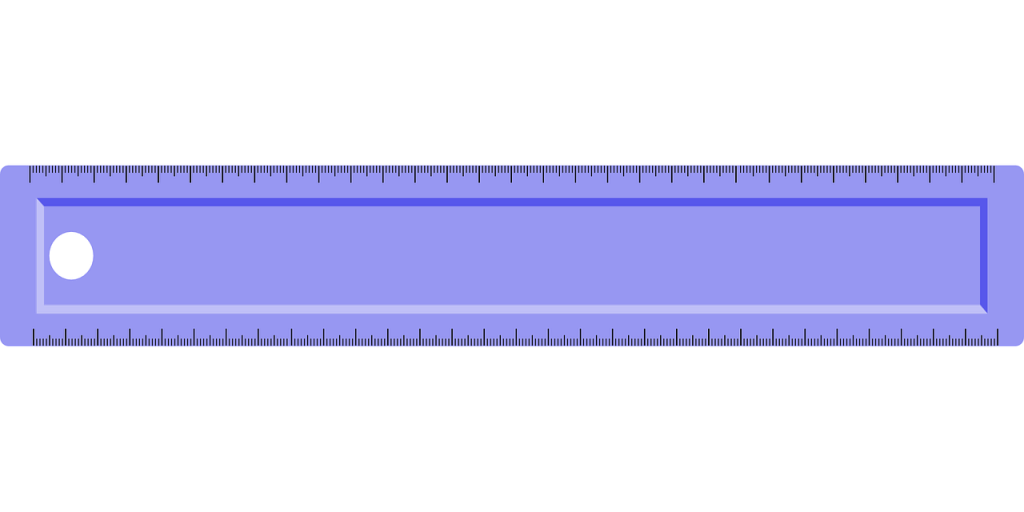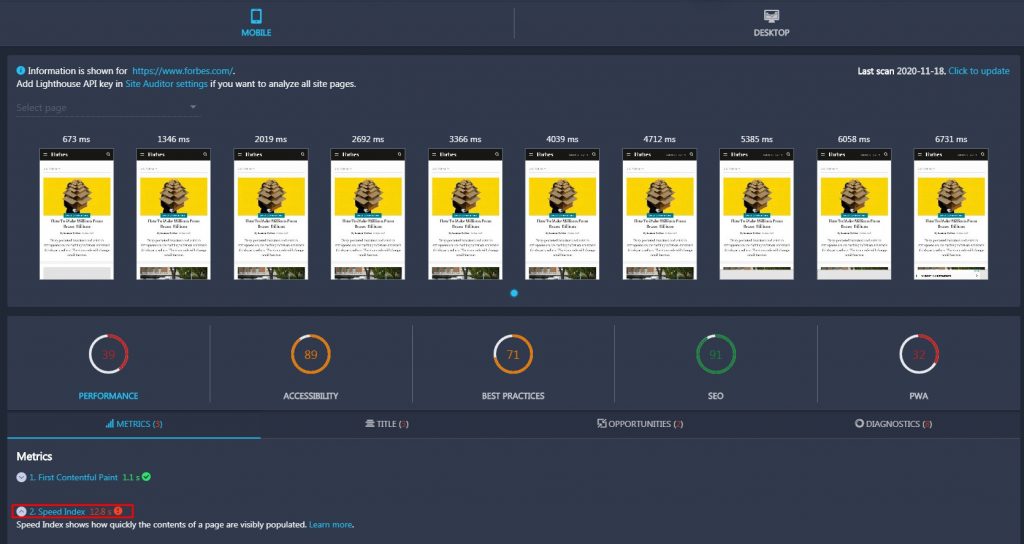Landing Page SEO: 4 Tips for Optimizing Your Landing Page for Google
23 November 2020 Leave a comment ALL-HANDS SEO
A landing page is a great instrument for lead generation. It helps business owners sell their products, collect prospects’ contact info, and accomplish many other goals. But to generate leads, you have to find a way to attract people to your website first.
There are many ways of driving traffic. However, these two are the most common:
- You can run an ad campaign.
- You can optimize your landing page for Google.
In this blog post, we’ll focus on landing page SEO in more detail. We believe SEO is much more profitable than ad campaigns for several reasons. First of all, SEO is much cheaper in the long run, assuming you optimize your website right. Also, ad campaigns drive traffic only when they’re active, while SEO can keep bringing you visitors long after you complete the initial optimization. However, it’s better not to put the SEO process on halt if you want to keep steadily getting organic traffic.
So without further ado, let’s look at four useful tips on optimizing a landing page for Google and boosting your organic traffic.
#1 Start with keyword research
Almost every SEO strategy starts with keyword research. You should figure out what keywords people use to search for products or services you offer. After that, optimize your landing page for those queries to make it discoverable for potential customers
The first thing you should do is define a seed keyword. It’s usually short and intuitive, so you can brainstorm it quickly.
Suppose you’re selling women’s shirts. That means women’s shirts might be your seed keyword. Knowing this, you can generate numerous keyword ideas for your landing page.
1. First of all, type women’s shirts into the search bar. Google will provide you with eight suggestions that you can use when creating content for your landing page.
If it isn’t enough, try RankActive’s Keyword Finder tool. The Keyword suggestions feature will help you find hundreds of ideas for the original query. You can extract all the suggestions at once instead of copying them one by one from Google. It’s much easier and saves you plenty of time.
Each term has its Relevance metric. Tick the most relevant keywords and add them to your project for later use.
2. It’s also a good idea to find terms related to the original query. To do that, search for women’s shirts and scroll the page down. Google will provide you with eight related keywords.
If you need more, you can always use the Keyword Finder. This tool will provide you with much more than eight ideas. Go to the Related keywords feature to discover what users interested in women’s shirts also search for. You can then select all the keywords at once and add them to your project.
3. When you’re done with suggested keywords and related terms, you can analyze your competition to get some extra ideas. Go to the Ranked keywords section and type in your competitor’s domain to find out the keywords their website is ranking for.
Choose the most relevant terms for your business and add them to your project.
It’s a good idea to focus on long-tail keywords. Even though their search volume is lower, the search intent behind such queries is usually more apparent. That means users who will come to your landing page from long-tail keywords are more likely to convert into paying customers.
When your keyword list is finished, narrow it down and add the most relevant queries to your content. Look at search volume, competition, ETV, CPC, and Relevance metrics to decide which keywords to keep. These metrics are described in our recent article on keyword research. Read it through for more details.
After that, include the remaining keywords in:
- title and description;
- H1-H6 headers;
- image titles;
- your copy.
Don’t add too many keywords to your landing page. Keyword stuffing won’t improve its rankings but may result in a penalty, so be smart about the decisions you make.
Try to make your copy interesting and meaningful so that users will stay on the page longer. Also, pay attention to how long your content is because your landing page’s length can affect conversions.
#2 Figure out the optimal length of your landing page
The debates over the length of a landing page seem to be endless. Some people say a user’s attention span is short, so it’s pointless to create long landing pages. Others claim long-form content is better as it describes every aspect of a product and helps users to make an informed decision.
So who’s right?
As you’ll learn right now, both.
The case for a short landing page
According to Microsoft’s study, people now generally lose concentration after eight seconds of doing something. In addition to that, Signal v Noise did several landing pages A/B testings and found out short-form content performed 47% better. From this point of view, making your landing page shorter may help. That way, you’ll ensure users get familiar with your product quickly and click that CTA button.
But it doesn’t mean we all should switch to short landing pages. It’s appropriate only in some cases.
For example, if your offer is simple and clear, it’s a good idea to create a shorter landing page. Just a few sentences would be enough to explain your product and describe all its benefits, so don’t overcomplicate your text. If you add too much redundant information, you will scare off your visitors and lose conversions.
Now let’s look at scenarios where longer content is more desirable.
The case for a long landing page
You’ve probably heard of methodical buyers. These people don’t buy things right away. They review all available information and do scrupulous research before making a purchase decision. Methodical buyers feel uncomfortable making quick decisions, so you have to ensure your landing page provides complete information about your product to sell to them.
In addition to the above, Conversion Rate Expert’s experimented with short-form and long-form content, and in their case, a longer landing page helped boost conversion rates by 363%.
So it doesn’t really matter how long your landing page is. The point is that its length should reflect your offer. If you sell something complicated and versatile, make sure to explain every aspect of your product and make your landing page long. If you offer something simple and easy to use, then a shorter landing page is certainly better in your case.
But what about SEO?
According to numerous studies, long-form content does rank higher. SerpIQ revealed that the longer content a particular page has, the higher its rankings.
But the thing is: Google doesn’t rank websites based on content length only. Longer content ranks higher not because it’s long but because it usually provides more valuable, meaningful, and useful information.
That’s why we wouldn’t worry about page length at all. As long as your landing page answers all users’ questions and provides complete information about your product, it doesn’t matter how big it is. But what does matter is how many high-quality backlinks it has.
#3 Get backlinks from authoritative websites
Backlinks is one of the most important off-page ranking factors. Even though in 2014 Matt Cutts stated that backlinks would lose their value over time, many webmasters still rely on this signal. Just google backlinks 2020, and you will see dozens of articles on how to get them.
But having a huge number of backlinks isn’t enough. If you want your landing page to rank high in SERP, you have to get backlinks from authoritative websites. Avoid buying cheap links that are available to everyone because it’s poor practice. Not only will it damage your rankings, but also it will eventually lead to a penalty, nullifying all your SEO efforts.
So keep that in mind: to rank high, you should gain backlinks from trustworthy websites. To do that:
- write high-quality, meaningful, and SEO-friendly content people would like to share with everyone else;
- provide unique solutions to users’ problems;
- run ad campaigns regularly;
- contact webmasters from your niche and negotiate yourself some deals (for example, you can exchange backlinks or pay influencers to link to your site);
- regularly update your content so it doesn’t lose relevance over time.
If your product or service is unique and high-quality, backlinks won’t take long to come. But remember that they are one of many ranking factors. To rank high, you should also care about your landing page’s mobile-friendliness and how fast it loads.
#4 Increase page speed and make the landing page mobile-friendly
You can rank for thousands of high-volume keywords and have amazing content with plenty of backlinks. But if your landing page loads for too long, people will start leaving it without viewing its offerings. According to Akamai, a one-second delay in page loading reduces conversions by 7%. Also, Google/SOASTA Research revealed that the longer a page loads, the higher the probability of a visitor bouncing back to search results.
Even though research concerns mobile user experience, page speed on desktop devices is equally important.
You see, users are impatient and will likely find another website if yours takes forever to load. The good news is that you can dramatically increase page speed by following seven simple steps described in our guide.
But before doing anything to your site, you should check if it has any page speed issues at all. To find them, use RankActive’s Lighthouse feature. It’s designed to track website performance for desktop and mobile devices. Not only will this feature show your landing page’s performance, but it will also provide you with plenty of useful tips on improving it.
Just specify your landing page’s URL in the settings, and it will be scanned every time you visit the Lighthouse section.
If you’ve noticed your page loads much longer than three seconds, that means you should speed it up. To increase page speed, try this:
- minify HTML code;
- reduce the size of images;
- enable browser caching;
- get rid of unused CMS plugins;
- implement AMP;
- make sure JavaScript elements are not conflicting with other elements on your site.
In addition to page speed, you should also track other metrics, like Core Web Vitals. These are crucial user experience metrics that will soon be used by Google as a ranking factor. They are designed to track how fast a web page loads, how soon a user gets the ability to interact with it, and how stable its layout is. We already described these metrics in our recent article about SEO trends, so read it to get more detailed information.
You can already track Core Web Vitals metrics to get ready for future algorithm updates. To do that, download the Core Web Vitals Chrome extension or, again, use the Lighthouse. All the information you need is also available there.
After making your landing page load fast, you should ensure it’s convenient for mobile users. More and more people use smartphones these days, so having a mobile-friendly website is a must.
But what makes a website mobile-friendly?
You can say that your landing page is fit for mobile devices if:
- it loads fast enough on smartphones, tablets, and other mobile devices;
- its content is readable on smaller screens without zooming or pinching;
- the site is easy to navigate without zooming;
- a user can easily take the desired action on the website.
If you tested your landing page and found out it provides a poor user experience on smartphones, follow this checklist to optimize it:
- add Google AMP to WordPress to make your site load faster;
- create a custom responsive design that shifts its layout based on screen size ;
- resize images and use image compression to get rid of useless metadata;
- replace a text with images or infographics where appropriate;
- eliminate pop-ups or optimize them for smaller screens;
- remove flash elements.
By doing all of this, you’ll make your website more mobile-friendly that will lead to higher rankings and bring you more organic traffic.
🎁 Bonus tips
Five tips aren’t enough for you? Roger that. Here are some bonus recommendations that will help you make your landing page better.
Use one offer per landing page
According to Bluleadz, having multiple offers on a landing page can decrease conversions by up to 266%. You most certainly don’t want that to happen. So if you have many offers, you better create a different landing page for each one of them.
Minimize the number of external links
Your goal is to keep visitors on the landing page as long as you can, so they get familiar with all the benefits your product or service has. If you place too many links to external websites, you will decrease conversions and lose money. That’s why you should minimize the number of external links.
Use images to your advantage
A Xerox’s study revealed that users are 80% more likely to read content if it’s followed by colorful visuals. That’s why it’s a good idea to add high-quality and appealing images to your landing page.
Make sure your CTA is available from any part of the page
It’s not enough to add CTA to the top of the page. Make sure your call-to-action is available from any part of it so a user can easily convert. Place it on multiple spots on the landing page or make sure it follows a visitor as they scroll through.
Add a video
According to Eyeviewdigital, using videos on landing pages can improve conversions by 86%. There are also many other reasons why video content is so important for landing pages:
- Watching a video is much easier than reading longer text.
- Videos increase dwell time on websites.
- They make your landing page appear in Google’s Videos section.
- A video is easier to memorize.
That’s why it’s a great idea to leverage video content in your SEO strategy.
Conclusion
Landing page SEO can help you boost organic traffic and get a constant flow of leads. If you manage to rank your site high in search results, you will be getting visitors without relying on expensive ads. However, to see any significant results, you have to work hard first.
To make your landing page rank in SERP, do the following:
- create a keyword list and optimize your landing page’s content for the most relevant queries;
- figure out the optimal length of your landing page;
- get backlinks from authoritative websites only and never buy cheap links:
- increase your landing page speed to lower bounce rate;
- make your site mobile-friendly to rank higher and provide good user experience for people visiting it on mobile devices.
As we said in the beginning, SEO is a continuous process, so you should constantly optimize your site to outrank your competitors. Doing it is much easier when you have advanced SEO tools that speed up your workflow and help you automate many optimization activities. RankActive’s tools are capable of that, so why not try them? Create an account and use our services for 14 days for free.
Tags: how to optimize a landing page for Google, Keyword Finder, landing page optimization, landing page optimization tips, landing page SEO, landing page SEO tips, Lighthouse, RankActive, Site Auditor
Like this article? There’s more where that came from.
- 5 Questions to Ask Yourself Before Paying for Rank Tracking Software
- 5 Serious Mistakes Beginner SEOs Make and How to Fix Them
- Why We Use Google’s New Link Attributes and You Should Too
- Title and Description in 2021: Why Google Rewrites SEOs’ Meta Tags
- What We Should Learn From Google’s “About This Result” Feature




